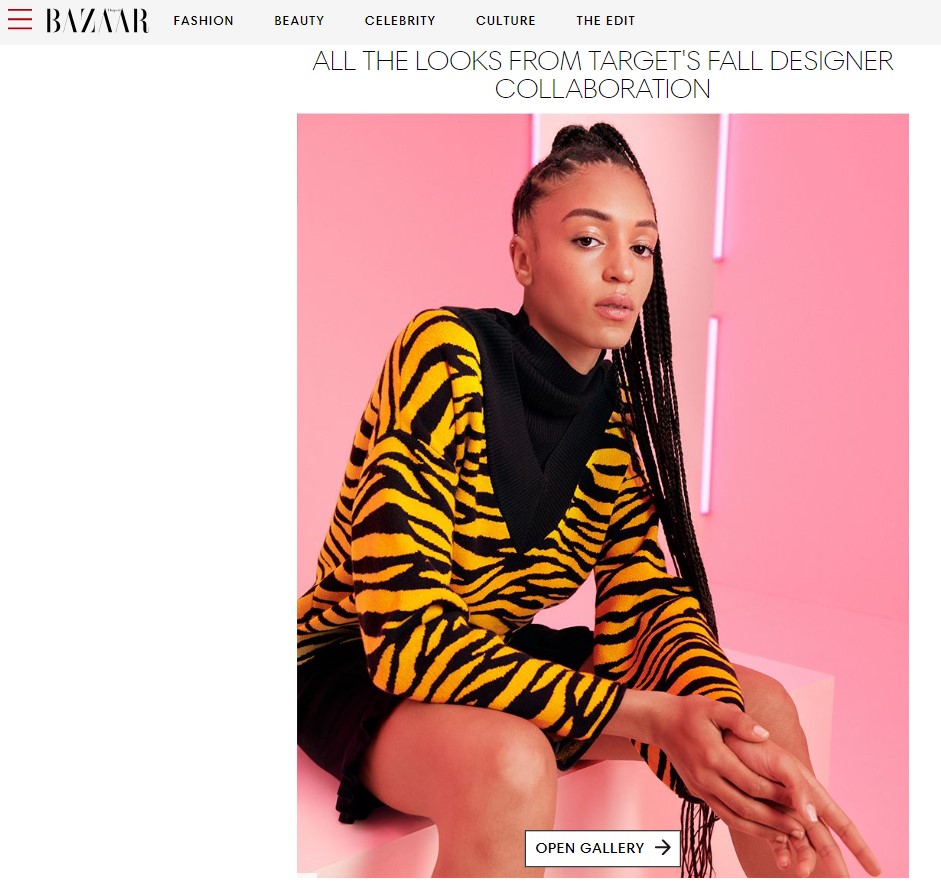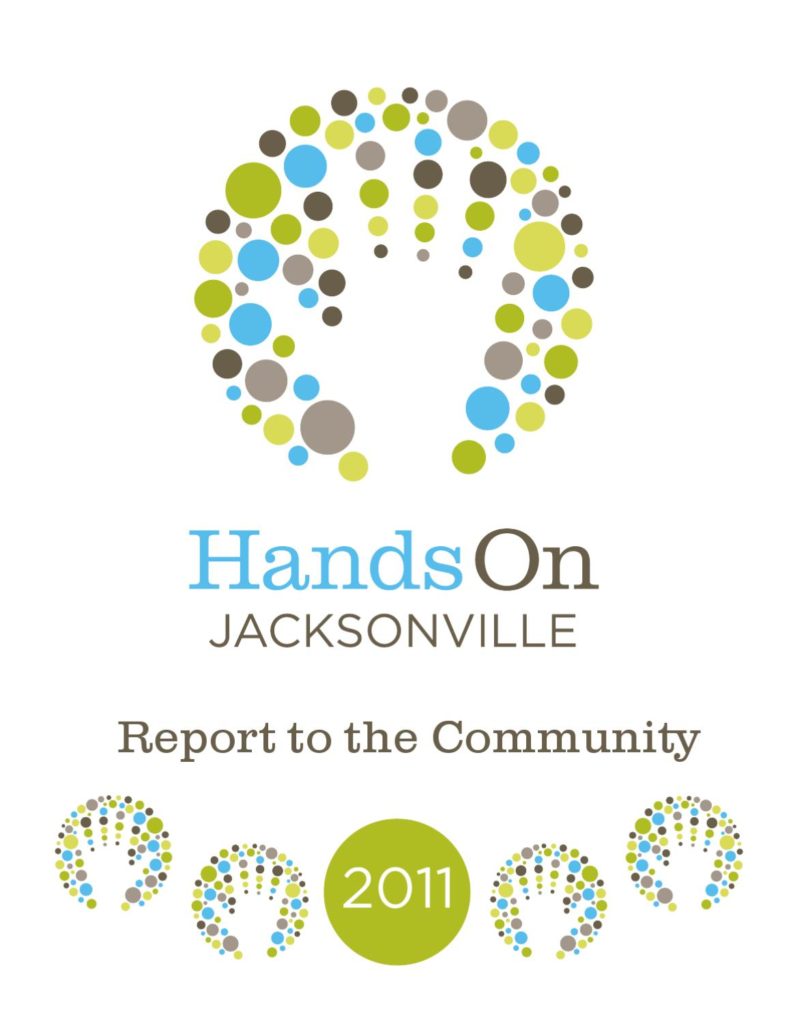Over the years, many companies have successfully repositioned themselves in the marketplace and seen business boom. Others have tried and failed, resulting in anything from a temporary decline in profits to having to permanently close their doors.
So, why risk repositioning at all? Is the payoff worth the risk? Can it work for you and your business? Let’s explore some companies that implemented repositioning strategies, what factors may have led to their success or failure, and what advertising and graphic design have to do with it.
Why Reposition At All?
Companies may implement repositioning strategies because of changes in the market, environment or competition and when minor changes to the existing branding are not enough to stay relevant or ensure the brands future success. The decision to reposition a brand or product may be made to increase profitability, increase market share, reach new markets, or retain existing customers (Voyer 2017). But, does repositioning work?
Brand Repositioning Success
An example of successful repositioning is the Target brand. While Target is a big box department store, the same as Wal-Mart and K-Mart, they have worked to clearly differentiate themselves from the competition by repositioning themselves as being more than or better than other discount retailers. While big box stores like Home Depot or Lowe’s differentiate themselves by focusing on home improvement and construction supplies, Target focused on moving away from competing as the “cheap” option and elevating the brand to be trendy or fashionable while offering products at still-reasonable and generally affordable prices. Target now has a reputation for working with premium brands and high-profile designers.
Target has developed exclusive partnerships with designers such as Issac Mizrahi, Joanna Gaines, Lilly Pulitzer, Neiman Marcus, Hunter, Vinyard Vines and more. In 2012, Target’s limited-edition collection from designer Jason Wu sold out within hours of launching (Ng 2012). Target’s seasonal collections can now be found featured by end-end fashion publications, such as Harpers Bazaar (Lesavage 2021).

Target has also kept up with trends in design. Their graphics used in marketing and advertising materials are often clean and simple with bold colors – primarily their signature red. In recent years, they have also been launching new store layouts and in-house brands to stay relevant and maintain their status as more than a cheap big box store.
In an interview with Forbes in 2020, Rick Gomez, Target’s EVP, Chief Marketing, Digital and Strategy Officer said two particularly interesting things: “…one of the things they truly love about us – our ability to make great design accessible to all” and “…we also have to inspire a sense of joy and discovery in a way only Target can so we can drive those special “I got it at Target!” trips.” While he mentions making products “accessible” to more people, not once is there a mention of affordability, price or “cheap.” In contrast, stores like Wal-Mart advertise explicitly on the prices, sales, deals and savings. (Talbot 2020).
Brand Repositioning Flops
An example of unsuccessful repositioning would be a local nonprofit. The organization was called HandsOn Jacksonville (previously called Volunteer Jacksonville). When it was founded 50 years ago, it functioned as a clearinghouse for volunteers. Staff worked with area nonprofits to coordinate volunteer needs and lead volunteer projects. As technology developed and became more affordable, many nonprofits switched to using web-based solutions and it became more manageable for small nonprofits to handle their volunteer management needs internally.


Around this same time, Volunteer Jacksonville rebranded as HandsOn Jacksonville and attempted to refocus efforts to cater to volun-touism, coordinating corporate volunteer projects and providing training for volunteer managers and individuals serving on board of directors. Unfortunately, the rebrand caused the organization to become unrecognized in the community as a leader in the nonprofit sector and it failed to differentiate itself from similar organizations. The repositioning also relied on the City of Jacksonville and the planned revitalization of downtown which never came to fruition.
While there were other factors involved, this failed repositioning contributed to the organization’s bankruptcy in 2017. What was left of the organization was rolled up into the local United Way.
The Role of Advertising in Brand Repositioning
Advertising can help companies launch their rebrand. It can serve to communicate to consumers why changes are being made or to reintroduce the company to consumers with a new narrative. If packaging is changing, advertising can be used to tell consumers what the product or packaging now looks like so it can be easily recognized and avoid the mistakes made by Tropicana in 2009, when the new packaging made the product unrecognizable to consumers and caused a rapid decline in profits (Male 2010).
Graphic Design and Brand Repositioning
Graphic design, especially with logo design, can play a huge role in repositioning. When a logo changes too much, it can become unrecognizable or alienate existing customers (Tropicana). If it changes too little or incorporates outdated design trends, it can look stale or dated. Colors and fonts are also integral to the ability to elicit the right emotions. By choosing the wrong font or color palette, you could inadvertently communicate the wrong message or give your marketing materials the opposite impact of what is intended.
References
Lesavage, H. (2021 September 8). Target’s Fall 2021 Designer Collaboration Features Your Favorite New York City Labels. Harpers Bazaar. https://www.harpersbazaar.com/fashion/trends/a37257873/target-fall-designer-collaboration-2021/.
Male, B. (2010 April 7). 10 Major Rebranding Disasters And What You Should Learn From Them. Business Insider. https://www.businessinsider.com/rebranding-failures-2010-3.
Ng, C. (2012 February 6). Jason Wu for Target Apparel Sells Out in Hours. ABC News. https://abcnews.go.com/blogs/business/2012/02/jason-wu-for-target-sells-out-in-first-morning-2.
Talbot, P. (2020 March 14). Inside Target’s Marketing Strategy. Forbes. https://www.forbes.com/sites/paultalbot/2020/03/14/inside-targets-marketing-strategy/
Voyer, B. (Academic). (2017). Segmentation, targeting, & positioning Inside marketing [Video]. SAGE Knowledge. https://www-doi-org.ezproxy.snhu.edu/10.4135/9781526427922
